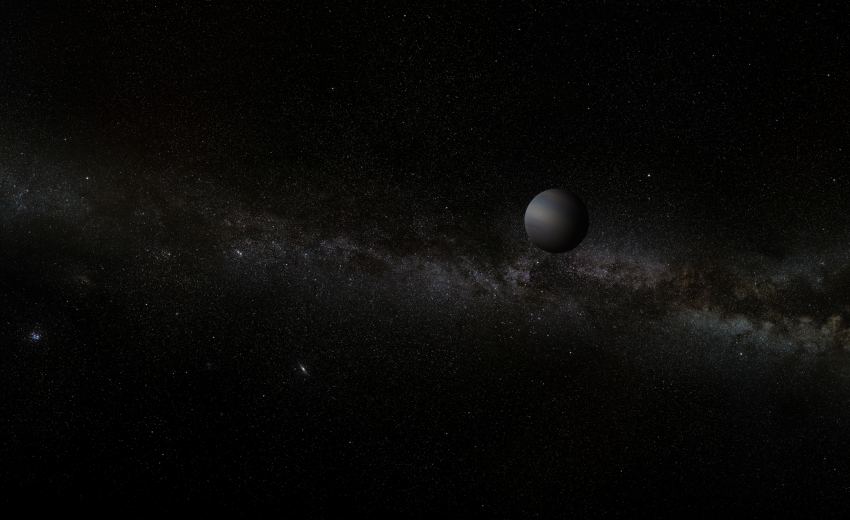
New research has just answered one of the fundamental questions about our universe: Why did some of the oldest, most massive galaxies go quiescent early in their formation? The answer, we now know, is because they ran out of cold gas.

Other rovers have also experience dust devils, but Jezero crater, Perseverance’s landing site, seems to have a high occurrence of dust devils.

The impact on Jupiter was reported by both amateur and professional astronomers. The object’s diameter is estimated at 20 meters and it is believed to be the remnant of a larger comet or asteroid.

Four people returned to Earth from a three-day extraterrestrial excursion aboard a SpaceX Crew Dragon capsule on Saturday evening. It was the first-ever flight to Earth's orbit flown entirely by tourists.

The researchers have identified a new class of habitable planets, dubbed 'Hycean' planets - hot, ocean-covered planets with hydrogen-rich atmospheres - which are more numerous and observable than Earth-like planets.

Ripples in Saturn’s innermost rings indicate the planet’s core is not a compact, solid structure as some have theorized but more like a thick “soup” of ice, rock and metallic fluids extending across 60 % of the planet’s diameter.

Some scientists think the best place to find evidence of life is one of Mars’ moons. They might serve as a depository for material that was blasted off of Mars’ surface in the past.

By connecting two of the biggest radio telescopes in the world, astronomers have discovered that a simple binary wind fast radio bursts after all. The bursts may come from a highly magnetized, isolated neutron star - magnetar.

Astronomers using the Atacama Large Millimeter Array (ALMA) have spotted presence of a disc around a Jupiter-like exoplanet 400 light years away that could provide the raw material for up to three satellites the size of Earth’s Moon.

That incredible distance made the original discoverers of the planet back in 2011 think it was “rogue”. But a new research shows that the planet is in fact gravitationally bound to a star, just as an absurdly far distance.

he InSight team has found that the Martian crust is thinner then expected (20 to 37 km) and its core is liquid with radius of about 1830 km.

For the first time, astronomers have uncovered evidence of water vapor in the atmosphere of Jupiter's moon Ganymede.

Billionaire Jeff Bezos has made a short journey to space, in the first crewed flight of his rocket ship, New Shepard. New Shepard, built by Bezos' company Blue Origin, is designed for space tourism.

NASA engineers are optimistic they’ll be able resolve a problem with the Hubble Space Telescope’s payload computer that knocked the observatory out of action on 13 June.

Rogue planets are planets that might be lurking in the vast dark between stars. With recent discoveries we’re getting closer to definitively saying that they do exist.